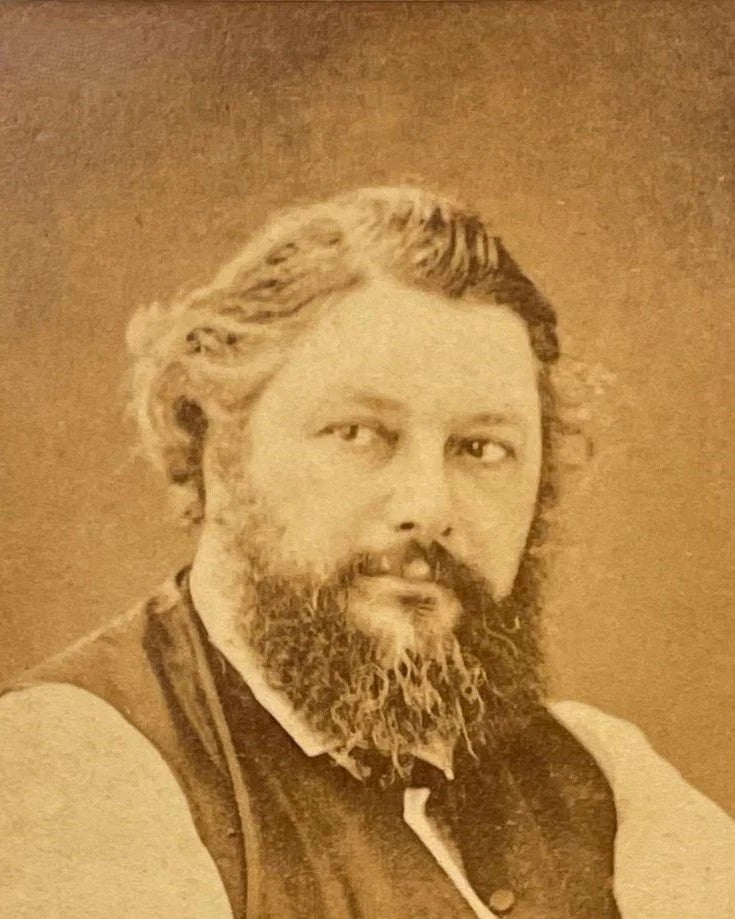
Gustave Courbet

Gustave Courbet, born in 1819 in the commune of Ornans, at number 1 Robert Fernier Square, also the famous painter of Pontarlier. In his beautiful birthplace, on the banks of the Loue River, stands the "Gustave Courbet Museum."
Gustave is a central figure of the realist movement, characterized by its frank and unadorned representation of everyday life. Influenced by romanticism, he soon became disillusioned with its idealizations and turned towards a more authentic vision of reality. His work "The Burial at Ornans" broke conventions by presenting an ordinary scene on a monumental scale, challenging the norms of historical painting.
Courbet sought to represent life as it was, without embellishments or subjective interpretations, which earned him both admiration and controversy. This attitude influenced the development of impressionism, a movement that, although stylistically different, shared the commitment to direct observation of nature and society.
Painters Jean-François Millet and Édouard Manet were deeply influenced by Courbet. Millet adopted the realistic approach in his depiction of rural life, while Manet, though more associated with impressionism, incorporated Courbet's honesty and frankness into his work. Despite his initial rejection, Courbet eventually accepted the title of leader of realism, promoting a vision of art that prioritized truth over idealization.
His work and his challenging attitude towards academic art set a precedent for 20th-century art movements such as expressionism and socialist realism.